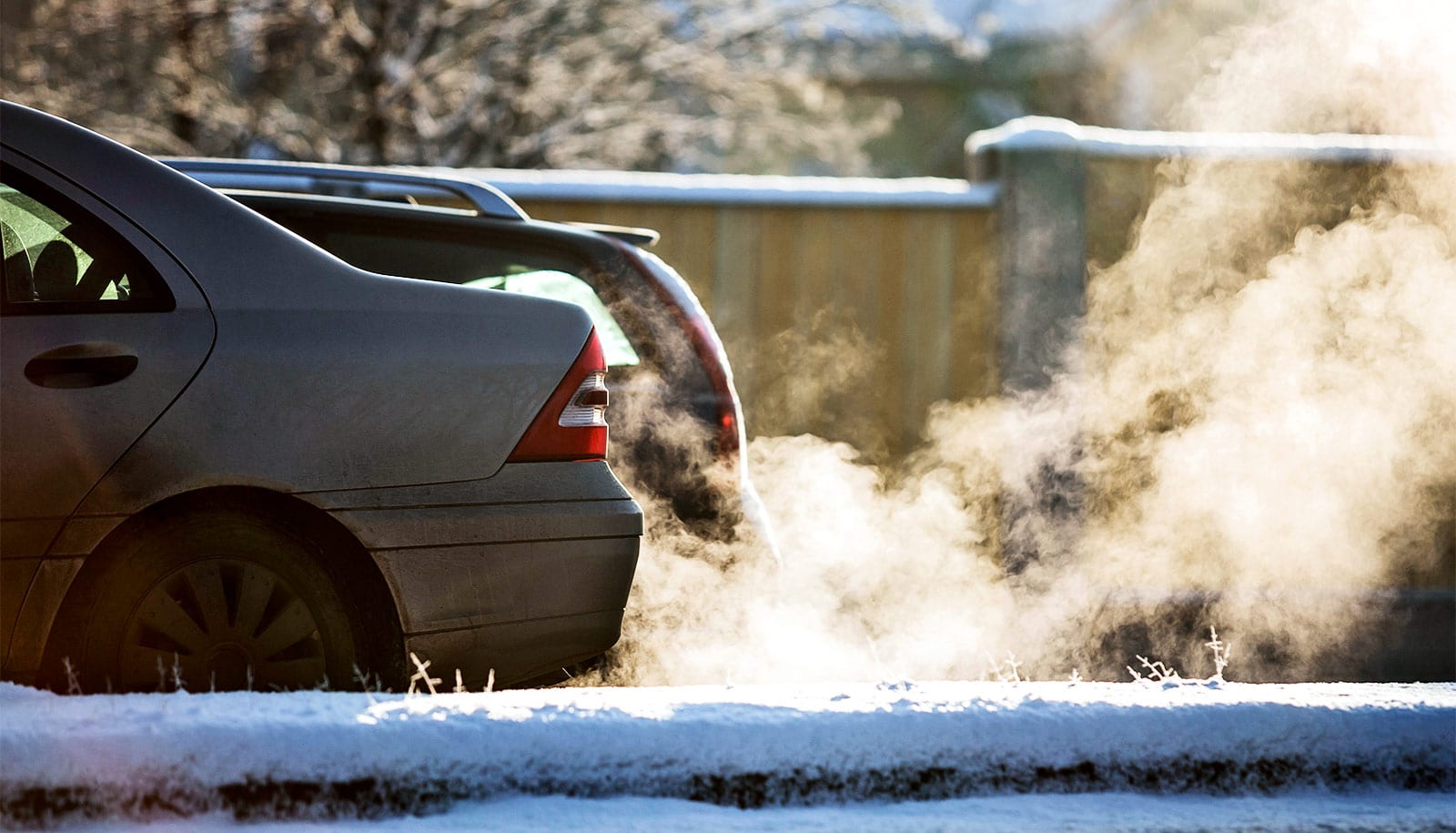As levels of NOx emissions in urban areas, primarily due to diesel emissions, fall, we may face exposure to more hazardous ultrafine particles than researchers had previously believed.
Despite the clear public health benefits from reduced NOx emissions, a reduction in NOx gases does not mean that we have completely removed air pollution. Other airborne health hazards are present, including ultrafine particles.
“We have found a fundamental shortcoming in the models that assess and predict air pollution. Our discovery allows us to improve these models and provide politicians with a stronger foundation for making greener decisions,” says Henrik G. Kjærgaard, a professor in the chemistry department at University of Copenhagen.
He and colleague Kristian Holten Møller, in collaboration with researchers from California Institute of Technology, discovered a special mechanism in the process by which certain molecules create particles in the atmosphere. As VOCs (volatile organic compounds) degrade, these molecules create radicals in both right- and left-handed form—a phenomenon in chemistry known as chirality. The researchers have demonstrated that one of these forms can create particles up to 1,000 times faster than the other.
“Previously, no one knew that right- and left-handedness made a difference in how many airborne particles were created. This is important because ultimately, the amount of particles directly correlates with the number of air pollution-related deaths,” according to Møller, a postdoc in the chemistry department.
The mechanism occurs when a VOC molecule degrades in the atmosphere by reacting with itself instead of with other molecules. When this self-reaction occurs, molecular radicals grow larger and larger as they absorb more and more oxygen, eventually developing into ultrafine particles. This process occurs with very different rates depending on whether the radicals have a right- or left-handed form. Subsequently, the number of particles created varies widely.
While VOC molecules are released in forested areas as tree and plant odors, they are also released as anthropogenic pollution. In urban areas, VOCs originate from many different sources, such as cars, solvents, detergents, paints, and cosmetics.
Kjærgaard’s previous research demonstrated that with a certain level of NOx in the air, the newly discovered phenomenon does come into play:
“Urban NOx gases limits this oxidation and prevent radicals from growing into particles. However, as we reduce NOx emissions, particles formed via oxidation are likely to become more prominent in cities,” Kjærgaard says.
He emphasizes that keeping diesel vehicles in cities doesn’t offer a solution. “Diesels not only emit NOx—they emit particles directly. We are are in no way implying that it is a good idea to keep diesel vehicles in urban areas.”
According to the researchers, one possible solution is to regulate VOC emissions and replace the VOCs responsible for the most particles with others that have a lesser effect. They underscore that it is a complex area to regulate and that more knowledge is needed about how various VOCs create particles.
The researchers also point out that this discovery will help to develop more accurate climate models. Ultrafine particles affect climate by either reflecting or absorbing sunlight. Their presence gives rise to the greatest source of uncertainty in global climate models.
“With the enormous differences between right- and left-handed radicals, uncertainties arise in climate models if failing to distinguish between their form—as is the case today. This leads to an over- or underestimation of the number of particles created in the atmosphere,” says Kristian Holten Møller.
The research appears in the Journal of Physical Chemistry.
Through a collaboration with Harvard University, the researchers are now investigating the effects of this new mechanism on a global climate model.
Source: University of Copenhagen



